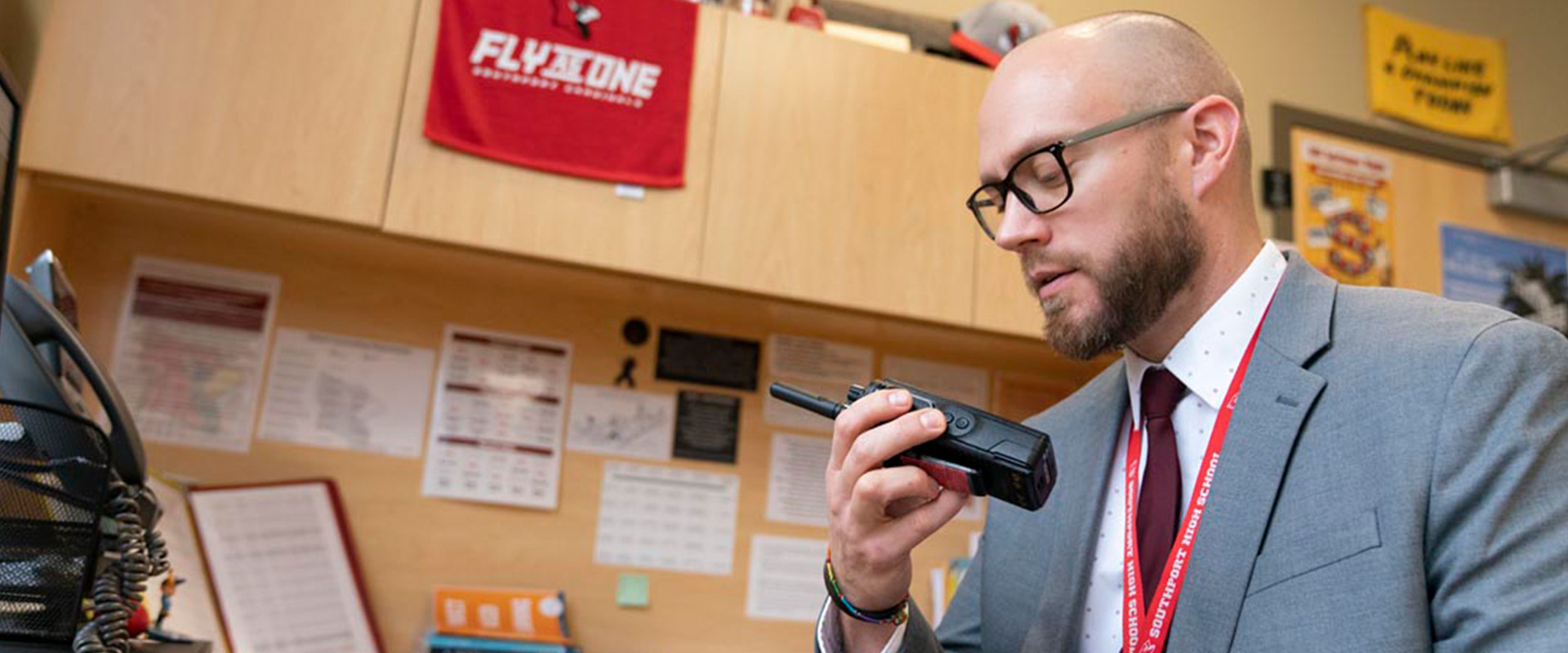Two considerations that organizations face when switching from analog to digital are: one, the potential loss of investment by decommissioning analog radios that still have a use-value; and two, the potential interruption to normal operations during the transition period.
To address these concerns, radio manufacturers engineered their new radios to provide both analog and digital voice communication in the same unit. This dual operation capability allows companies to keep their legacy analog radios in use along side of the new analog/digital radios. They can also continue to use their existing analog infrastructure with the new radios until the company is ready to switch over to a fully-digital system.
A Phase-in plan is a great solution for a company who sees the benefits of digital and is ready to start the migration process, but who cannot make the complete financial commitment immediately or who wants to get the maximum ROI from its existing analog system before moving to a fully-digital system.
As for operations, the Phase-in plan allows radio managers to switch over departments one-at-a-time, which minimizes interruption to daily operations and allows for easy deployment to staff. Analog radios are phased out over time, through either a departmental transition process or through a scheduled replacement cycle, they are replaced with the dual operation radios. Once the entire analog fleet has been replaced, the radios can be reprogrammed to create a fully-digital system. If analog infrastructure is involved, it will need to be replaced as well. Also, the FCC licensing will need digital modification.
Many times the benefit of immediately accessing the new digital features will outweigh the benefit of phasing in the system, if so, a “Full Implementation” Plan can be a better course of action. Depending on what trade-in promotions are available, the rebates can often equal the financial gain of maximizing the ROI of the analog system.
DIGITAL MIGRATION OPTIONS
Phase-In Plan
- The phase-in migration plan maximizes the return on investment of legacy systems by squeezing the most use out of the initial investment, but it delays the deployment of the new digital features until the system is finally switched over to full digital implementation
- Another “Phase-in” option is to deploy a separate digital system for data features and keep the analog radio system for voice communications. This still optimizes the existing investment in the legacy analog radios but allows for access to the benefits that digital provides regarding data features.
Full Implementation Plan
- Full implementation and deployment at one time provides immediate access to the digital features, but means absorbing the use-value loss of the older analog radios. This is why many manufacturers offer trade-in promotions to help defer some of the cost

